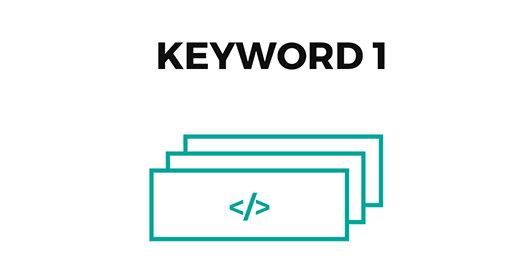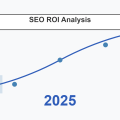If you have researched SEO in any way, you will have undoubtedly discovered a lot of discussions about keywords. Keywords and their importance to SEO have had many business owners scratching their heads, wondering how they work.
Even to those with a modicum of marketing knowledge, keywords can be a source of huge frustration as they try to work out which ones to optimise for and where to have those keywords positioned on their website or on other websites in links back to theirs.
The reason why the positioning of a keyword is so important is that Google has a pecking order of those positions, which their algorithm refers to when calculating the relevancy of the keywords. The pecking order is, in effect, Google’s order of importance and how much weight it gives to a keyword in determining its relevance.
Only Google knows how that order was decided upon, but the consensus amongst SEO experts is that it relates to the difficulty with which anyone building and ranking a website would be able to position a keyword. The harder they think it would be, the more power they give it in terms of ranking for the keyword, and the easier it is, the less power it gets.
Hopefully, switched-on readers will already be thinking that if you knew what this hierarchy was, you could take steps to ensure your most important keywords were in the right locations to help rank for them, and you would be right. So, we shall reveal them to you in reverse order.
The easiest location to place a keyword, and thus the one that offers the lowest boost to rankings, is within the content that exists on the website. This includes content types such as blog posts, infographics, case studies and even images to name but a few. The reason it is easy to add keywords to this type of content is that the website owner can add or remove content at will.
It’s so easy, in fact, that many website owners stuff too many keywords within their content and as a result, they harm their rankings instead of aiding them because Google considers them to be trying to over-optimise. This takes us back to the pecking order because the lower the order, the easier it is to be guilty of over-optimisation.
The next rung on the ladder for keyword positioning is the metadata that lies within the coding of the website. This is normally the meta description which is simply a small paragraph explaining what the website is about. Each page of the website should have a meta description and it is up to the website owner what they write. When you do a search on Google, the meta description is the text that appears under the first line of each result.
That first line we just mentioned comes from the title of the website, which is the next level of importance. When you go to any website the title is what you can see on the tab. It is also the most prominent line of each individual Google search result. Google places a relatively high level of importance on website titles in relation to what it ranks them for so the main keywords should be in the title if at all possible.
The next place where google determines the relevancy of a website for any given keyword is the inner URLs. These are the pages that are created as the website is being built and subsequently grown. A company selling office equipment might have multiple pages with each one focussing on specific types of office equipment. These inner URLs would look like this: maindomain.com/filing-cabinets, or maindomain.com/whiteboards.
At the very top of the pile, we actually have a dead heat between the domain name of the website, and keywords used in anchor text linking to the website. The reason for this is that all the testing SEO experts have done in determining how keywords impact on ranking has shown that anchor text and the domain have almost the same impact when a keyword is present.
The reason domain names are regarded as difficult to place keywords is that millions of exact match domains will have already been bought so the chances of being able to buy the one you want are slim. With anchor text in backlinks, the difficulty exists as you normally need some kind of permission to include anchor text backlinks on someone else’s website, so this is seen as more difficult to achieve by Google.









